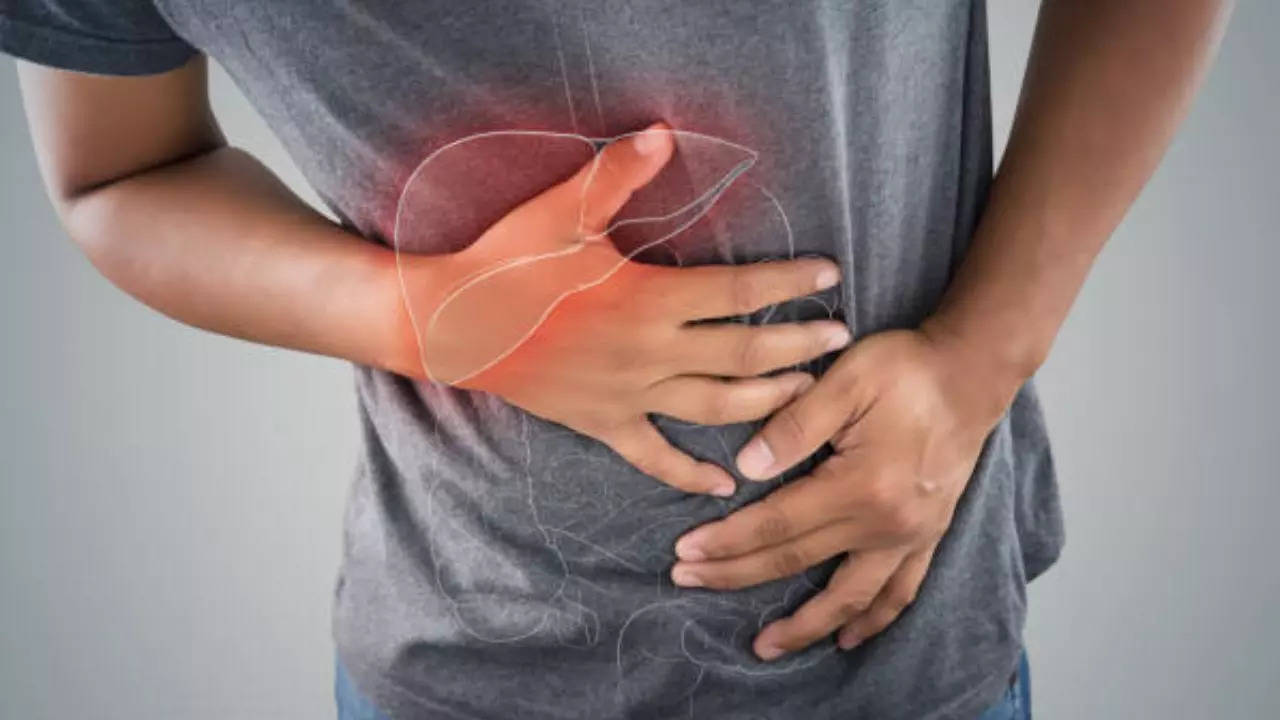
Liver cirrhosis is a chronic and progressive condition marked by the replacement of healthy liver tissue with scar tissue (fibrosis). This gradual change can significantly impair liver function, eventually leading to liver failure. The liver’s critical role in the body is filtering toxins from the bloodstream, producing essential proteins, and regulating blood clotting. Hence, cirrhosis can have severe and life-threatening consequences if left untreated. To understand this condition better, we got in touch with Dr Vishal Khurana, Director – Gastroenterology and Hepatobiliary Sciences, Doctor 81 clinic, Sector 81 Faridabad who shares causes, symptoms and preventive tips to keep in mind.
What is Liver Cirrhosis?
Dr Vishal explains cirrhosis is a condition that develops when the liver becomes permanently scarred due to long-term injury. The liver, being a regenerative organ, has an impressive ability to heal itself, but when repeated damage occurs, scar tissue replaces healthy liver cells. Over time, as the liver becomes scarred repeatedly, it struggles to perform vital functions. This scarring can also obstruct blood flow through the liver, which can lead to liver dysfunction. When the damage becomes extensive, cirrhosis can lead to liver failure.
Causes of Liver Cirrhosis
There are several conditions which can lead to cirrhosis, Dr Vishal explains. The most common causes are:
1. Alcohol Consumption: Chronic alcohol abuse is one of the primary causes of liver cirrhosis. Alcohol directly damages liver cells, and over time, excessive drinking can cause inflammation and the development of scar tissue.
2. Hepatitis B and C: Viral infections like hepatitis B and C are also significant causes. Both viruses target the liver, leading to inflammation. Without timely intervention, the ongoing inflammation can result in cirrhosis.
3. Non-alcoholic fatty Liver Disease (NAFLD): NAFLD is becoming an increasingly common cause of cirrhosis, especially in countries with rising obesity and diabetes rates. In this condition, fat accumulation in the liver triggers inflammation and scarring.
4. Autoimmune Diseases: Autoimmune hepatitis, where the body’s immune system mistakenly attacks liver cells, can lead to chronic inflammation and subsequent cirrhosis.
5. Wilson's Disease: This rare genetic disorder leads to an accumulation of copper in various body organs, including the liver. The excess copper can damage liver tissue, leading to cirrhosis.
6. Medications and Toxins: Long-term use of certain medications and exposure to toxins can also cause liver damage and cirrhosis. These substances may overload the liver's capacity to detoxify, leading to scarring.
Recognising The Symptoms Of Liver Cirrhosis
Early stages of cirrhosis may go unnoticed because the liver can continue to function despite damage. However, as the disease progresses, symptoms become more apparent which according to Dr Vishal Khurana are:
1. Weakness and Fatigue: Patients often feel tired and weak, with a decreased desire to eat or engage in regular activities.
2. Weight Loss: Unexplained weight loss is a common symptom due to a lack of appetite, vomiting, or nausea.
3. Fluid Retention: Edema (swelling in the legs) and ascites (fluid accumulation in the abdomen) are typical symptoms due to the liver's inability to regulate fluids and blood proteins.
4. Jaundice: Yellowing of the skin and eyes occurs when the liver cannot effectively clear bilirubin from the bloodstream.
5. Bleeding and Bruising: The liver produces proteins essential for blood clotting, so damage can lead to increased bleeding, including blood in stools or vomiting blood.
6. Mental Confusion and Tremors: When the liver fails to filter toxins from the blood, it can lead to hepatic encephalopathy. This confuses, flapping tremors (asterixis), and in severe cases, coma.
7. Black Stools and Gastrointestinal Bleeding: Dark, tarry stools may be a sign of gastrointestinal bleeding due to varices — enlarged veins in the oesophagus or stomach, which are prone to rupture in cirrhosis.
Complications Associated with Cirrhosis
Dr Vishal Khurana shares that as cirrhosis progresses, several life-threatening complications can arise:
• Portal Hypertension: Scarring in the liver increases resistance to blood flow, causing elevated pressure in the portal vein. This can lead to varices and ascites.
• Hepatocellular Carcinoma (HCC): Liver cancer is more common in people with cirrhosis.
• Liver Failure: Eventually, the liver may become unable to perform its vital functions, necessitating a liver transplant.
Treatment For Cirrhosis
According to Dr Vishal Khurana depends largely on its underlying cause and the stage at which it is diagnosed. While there is no cure for cirrhosis, several treatment strategies can help manage the disease, prevent complications, and slow its progression:
1. Eliminate Alcohol: The most crucial step in managing alcoholic cirrhosis is stopping alcohol consumption completely. Abstinence can slow or even halt the progression of cirrhosis.
2. Antiviral Medications: For cirrhosis caused by hepatitis B or C, antiviral medications can help reduce liver inflammation and damage.
3. Manage Fatty Liver Disease: In patients with non-alcoholic fatty liver disease, managing diabetes, weight loss, and controlling cholesterol levels can help prevent further liver damage.
4. Steroids and Immunosuppressants: In autoimmune hepatitis, medications to suppress the immune system, such as corticosteroids, can reduce inflammation.
5. Wilson’s Disease: Treatment involves medications that bind to and remove excess copper from the body.
6. Liver Transplant: In advanced stages of cirrhosis or liver failure, a liver transplant may be necessary to save the patient’s life.
Prevention Tips For Cirrhosis
Preventing cirrhosis involves limiting alcohol intake, vaccination against hepatitis, maintaining a healthy weight, and ensuring regular screening for liver conditions. Timely diagnosis and intervention are critical in managing cirrhosis and improving the quality of life for affected patients.

